Geoscience Reference
In-Depth Information
severe complications. The transmission is also oral-fecal (oocysts)
through the ordure of wild and domestic animals. A large number of
domestic and wild animals are reservoirs for these zoonotic protozoa
(animal pathogen agents transmittable to humans).
Giardia
cysts and
Cryptosporidium
oocytes have been found in oysters and other
shellfish, in particular after strong rains in drainage basins although
for the moment, it has not been clearly established that infections
occur through the consumption of shellfish. However, it seems that
such infections are currently underestimated, as well as the risk linked
to the consumption of raw or slightly cooked seafood [GIR 08].
Several zoonoses concern macroparasites of the helminthes type
(cestodes, nematodes and trematodes). The transmission of these
parasites can occur, for some species, through the consumption of
intermediate infected hosts living in marine environments [GIR 08].
Thus, the consumption of fish from brackish waters, such as mullet or
crabs and shrimps, is known to transmit certain trematodes (flukes)
responsible for distomatosis.
Anisakis
is a type of nematode that
infects most sea fish. It is responsible for anisakiase, caused by the
consumption of raw (sushi, sashimi and ceviche) or half-cooked fish,
and can cause anaphylactic shock or bowel obstruction, depending on
the sensitivity of the individuals. European legislation obliges raw or
partially cooked fish to be frozen for 24 h before consumption in order
to kill the parasites present, which has enabled the incidence of
parasite infections to be reduced.
3.2.1.4.
Toxic microorganisms
More than 150 species of microalgae, including dinoflagellates,
diatoms, raphidophytes, prymnesiophytes, pelagophytes and
cyanobacteria, are harmful or toxic microorganisms present in coastal
waters and interface systems (estuaries, delta and coastal lagoons).
These toxinogenic microorganisms produce different toxins that can
cause widespread mortality in marine animals, or accumulate
(bioaccumulation) in the tissues of aquatic organisms, such as fish and
shellfish, therefore, making them dangerous for human consumption
[LAN 05].


Search WWH ::

Custom Search